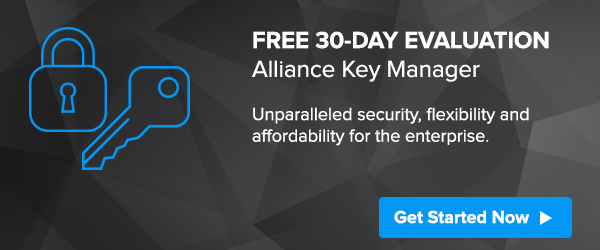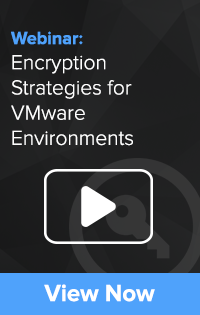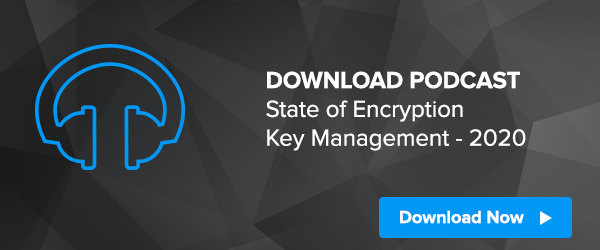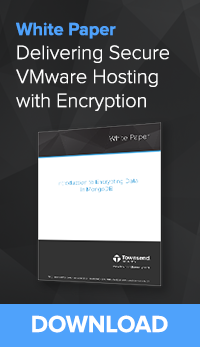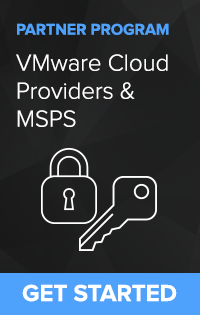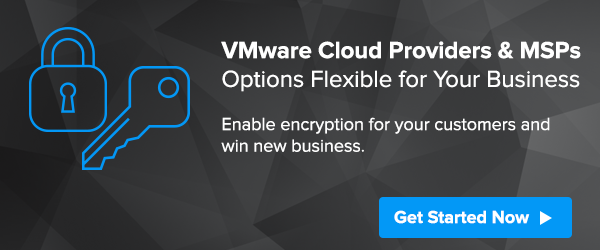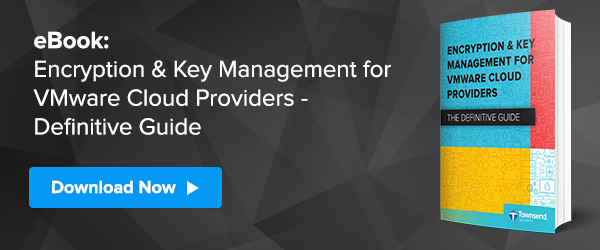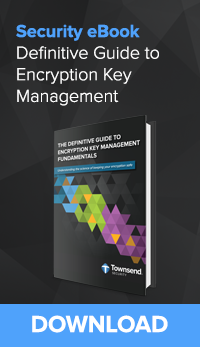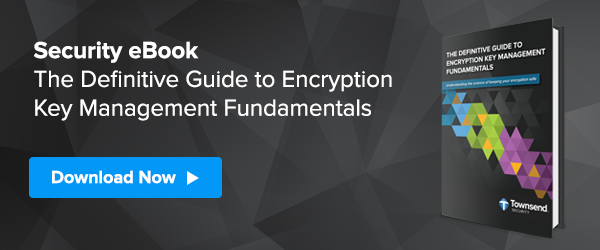The Colonial Pipeline ransomware attack and resulting crisis that affected millions of people was shocking because of its scale and impact. Shocking, but it was not surprising. We have been watching an increase in the number of ransomware attacks over the last few months. No organization, large or small, has been immune from the attacks. Hospitals, schools, local governments, national agencies – even police departments and courts – have suffered from debilitating ransomware infections. Colonial Pipeline was the first publicly known attack on critical energy infrastructure, but it won’t be the last.
Most modern ransomware attacks have two components:
- Encryption of your systems to deny you operational access, and
- Theft of unencrypted sensitive data.
The attackers encrypt your data with a secret key and then promise to restore it when you pay the ransom. This is the well-known part of a ransomware attack. You typically must pay the ransom to a secret Bitcoin account controlled by the attackers. After payment, if you are lucky, the attackers will give you the secret key to unlock your data.
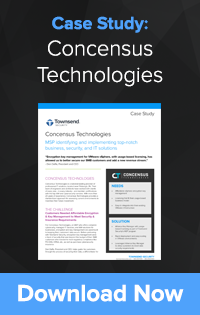 There is another, less well-known aspect of ransomware attacks. And that is that the attackers often steal sensitive data before they encrypt it. Why do they do this? Well, if you are able to restore your systems without paying the ransom, they can then use the threat of releasing that data to extort the payment from you. And it is very effective. More on protecting yourself from this aspect of ransomware below.
There is another, less well-known aspect of ransomware attacks. And that is that the attackers often steal sensitive data before they encrypt it. Why do they do this? Well, if you are able to restore your systems without paying the ransom, they can then use the threat of releasing that data to extort the payment from you. And it is very effective. More on protecting yourself from this aspect of ransomware below.
There is good guidance from security groups and governmental agencies on how to protect yourself from a ransomware attack. Having good backups that are not connected to the network is an important part of that guidance. You should also deploy other security measures like active monitoring for anomalous behavior, appropriate segmentation of users, proper network controls, and so forth. And, never forget that training users in good security hygiene is absolutely essential.
I think a number of organizations have gotten reasonably good at this part of ransomware protection. There are still big gaps, of course. And smaller to midsize organizations are lagging in the deployment of these basic protections. But what to do is no longer the question. Getting it done and doing it right is the challenge.
But what about the second part of the ransomware attack? What happens when the attackers steal your unencrypted sensitive data?
We have to give credit where it is due. Cybercriminals who deploy ransomware are very good at what they do. They’ve learned to adapt to a changing landscape. As you got better at doing backups and recovering your data in a timely fashion, they added another technique to extort a payment – They are taking your very sensitive data. If you refuse to pay the ransom they threaten to release the data. To prove their point they will often release a very small amount of your data.
Imagine your shock when you see highly sensitive medical information showing up on the attacker websites. Or sensitive information about students, or sensitive court records. Suddenly the urgency is much greater, and many pay the ransom when this happens.
Having a good backup is not going to help you now. So, what can you do? It is time to add another tool to your defenses – encryption of your own sensitive data.
You should encrypt your sensitive data to deprive the attackers of access to it. If the attacker steals your data in an encrypted state, it is not usable. Encryption is the security control that you need to add to your ransomware strategy. I know, you’ve been putting implementing this important security control. But the stakes are higher now. If Sony or Equifax had encrypted their data, we would not still be talking about the massive loss of data and the disruption they experienced.
Here are some basics to keep in mind as you deploy encryption:
- Create a map of your sensitive data, and a plan. You should encrypt the most sensitive data first.
- Encryption key management is critical to your security. Use a professional key management system to store keys away from the data. Never store encryption keys on the same server that hosts the data.
- Restrict access to the databases with sensitive data. Only those people in your organization who have a need to access sensitive data should be able to do so. Your DBA will know how to do this.
- Monitor user access to your sensitive data and take immediate action for unautorized access. Use a professional SIEM solution to do this.
- Monitor access to your encryption key management solution. Your KMS is a critical part of your encryption strategy.
- Take advantage of database and storage vendor support for encryption and key management. Using VMware for your infrastructure? Implement encryption of VMs and vSAN. Using Microsoft SQL Server? Implement Transparent Data Encryption with an external KMS for the keys. It is fast and easy, and supported by the database vendor.
There are a lot of reasons why organizations are lagging in terms of encrypting their sensitive data. Fears about performance, fears about lost encryption keys, fears about the cost of key management systems, and so forth. All of these challenges have been overcome in recent years. Put your fears aside and protect your data.
Here is a hint:
Don’t let the PERFECT be the enemy of the GOOD. For example, you don’t have to encrypt everything at one time. Tackle the most sensitive data first, and tackle the easy projects first in order to build experience. Then tackle the remaining projects as quickly as you can. Also, don’t be afraid to deploy key management solutions from different vendors. KMS systems are so easy to manage now that having more than one system rarely increases administrative costs. Find the best, most cost effective KMS solution for your database and use it!
Encryption is your friend when you control it. It can provide protection from cybercriminals who attempt to steal your data in order to extort a payment. You can get encryption done quickly and at a reasonable cost. You don’t have to pay exorbitant licensing fees for a good key management system. If you have cost concerns, give us a call.
If you are a managed service provider trying to help protect your customers, you might like to know about our MSP Partner program. Give us a shout to learn more.
Patrick
